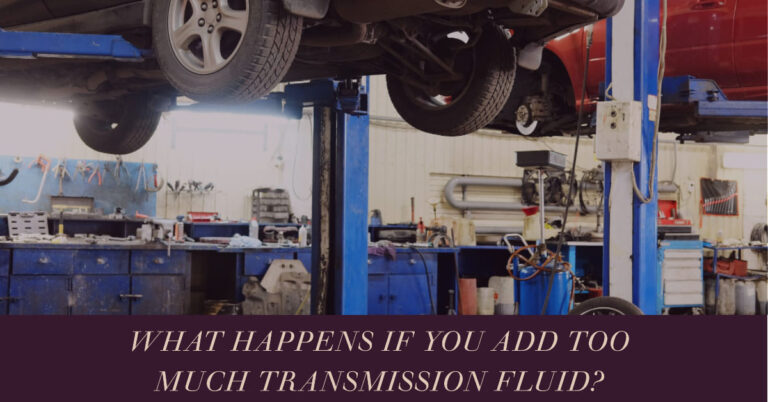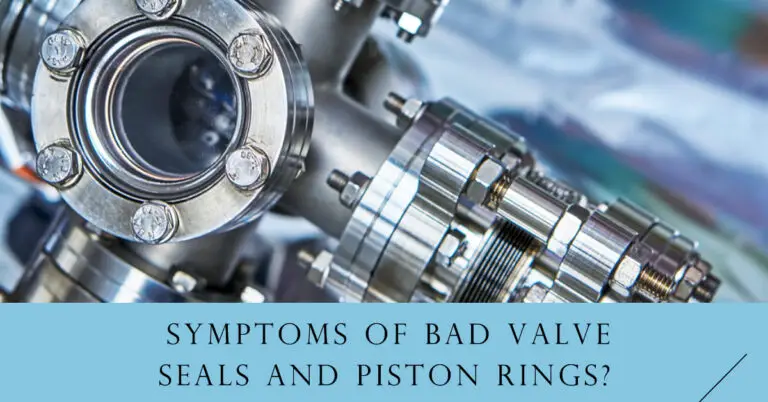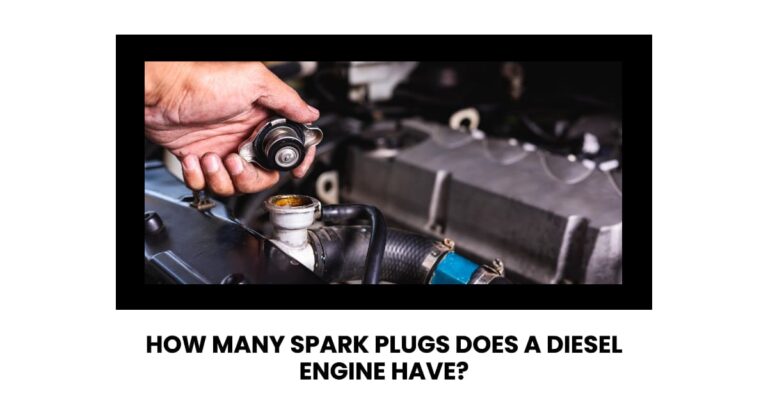Manual vs. Automatic Transmission: Which is Faster? [Easy Guide]
![Manual vs. Automatic Transmission: Which is Faster? [Easy Guide] manual vs. automatic transmission](https://automadesimply.com/wp-content/uploads/2023/08/manual-vs.-automatic-transmission.jpeg)
When it comes to the debate of whether a manual transmission is faster than an automatic, the answer is not a simple one. In basic passenger road cars, a manual car is generally faster than an automatic one. This is due to the driver having more control over the gears and being able to shift at the optimal time. However, advancements in technology have made automatic transmissions more efficient, and they have surpassed manual transmissions in terms of speed.
Experts agree that a manual gearbox gives the driver more control, which is why it is preferred in racing scenarios such as drag, track, and drifting. The ability to shift at the perfect moment can make all the difference in achieving maximum speed. However, in everyday driving situations, automatic transmissions have become more popular due to their convenience and ease of use. With the development of continuously variable transmissions (CVTs), automatic transmissions have become even more efficient and are now capable of achieving faster speeds than their manual counterparts.
Table of Contents
Manual vs Automatic Transmission
When it comes to choosing between a manual and an automatic transmission, there are several factors to consider. While manual transmissions were once considered the faster option, advancements in automatic transmission technology have made them a viable alternative. Here are some of the differences between the two types of transmissions.
Differences between Manual and Automatic Transmission
Control
One of the main differences between manual and automatic transmissions is the level of control the driver has. With a manual transmission, the driver must manually shift gears by depressing a clutch pedal and moving a gear stick. This allows the driver to have more control over the vehicle’s acceleration, which can be beneficial when driving on winding roads or in slippery conditions.
Automatic transmissions, on the other hand, shift gears automatically, which can make them easier to drive in heavy traffic or on long road trips. However, this can also mean that the driver has less control over the vehicle’s acceleration.
Fuel Efficiency
In the past, manual transmissions were generally more fuel-efficient than automatic transmissions. However, this is no longer the case. Modern automatic transmissions have become more efficient, and some models even have more gears than their manual counterparts. This can result in better fuel economy, especially on highways.
Cost
Manual transmissions are generally less expensive than automatic transmissions, both in terms of the initial cost of the vehicle and the cost of repairs. This is because manual transmissions are simpler in design and have fewer parts.
Maintenance
Manual transmissions require less maintenance than automatic transmissions. They do not have a torque converter, which can wear out over time, and they do not require regular fluid changes. However, manual transmissions do require clutch replacements, which can be expensive.
Performance Comparison
When it comes to performance, the debate between manual and automatic transmissions is a hot topic. Let’s take a closer look at the performance comparison of the two types of transmissions.
Acceleration
One of the main factors that determine the performance of a car is its acceleration. In general, manual transmissions are faster than automatic transmissions in terms of acceleration. This is because manual transmissions offer more control and allow the driver to shift gears at the optimal time. However, the difference in acceleration between the two types of transmissions is not significant in modern cars.
Top Speed
When it comes to top speed, the performance of manual and automatic transmissions is almost identical. In fact, some of the fastest cars in the world are equipped with automatic transmissions. The reason for this is that automatic transmissions can shift gears faster than a human can, which allows the car to reach its top speed more quickly.
Factors Affecting Speed
Driver Skill
One of the most significant factors affecting the speed of a vehicle is the driver’s skill. Experienced drivers who know how to handle a manual transmission can shift gears quickly, giving them an advantage over drivers who are not as skilled. When it comes to automatic transmissions, the driver’s skill is less of a factor since the car does the shifting for them.
Vehicle Type
The type of vehicle also plays a role in determining whether a manual or automatic transmission is faster. In some cases, a manual transmission may be faster than an automatic, while in other cases, an automatic may be faster. For example, sports cars with high-performance engines often have manual transmissions because they allow the driver to have more control over the car’s speed. On the other hand, some automatic transmissions are designed to shift gears faster than a human can, making them ideal for drag racing.
Terrain
The terrain on which the vehicle is being driven can also affect its speed. For example, if the car is being driven on a steep hill, a manual transmission may be faster since the driver can downshift to a lower gear, providing more power to the wheels. In contrast, an automatic transmission may struggle to shift gears quickly enough to keep up with the changing terrain.
Pros and Cons of Manual and Automatic Transmission
Advantages of Manual Transmission
Manual transmissions offer drivers a more engaging and intimate driving experience. With a manual transmission, the driver has full control over the vehicle’s gears, giving them the ability to fine-tune their driving experience. Additionally, manual transmissions typically have fewer complicated parts, making them easier and cheaper to maintain.
Disadvantages of Manual Transmission
While manual transmissions can offer a more engaging driving experience, they can also be more difficult to learn and operate. They require more skill and attention from the driver, which can be tiring in stop-and-go traffic. Additionally, manual transmissions can be less fuel-efficient than automatic transmissions, especially for inexperienced drivers.
Advantages of Automatic Transmission
Automatic transmissions offer drivers a more relaxed and effortless driving experience. With automatic transmissions, the car shifts gears automatically, freeing the driver from the need to constantly monitor and adjust the gears. This makes them easier to drive, especially for new or inexperienced drivers.
Disadvantages of Automatic Transmission
While automatic transmissions can be easier to drive, they can be more expensive to maintain and repair. Additionally, they can be less engaging and less fun to drive than manual transmissions. Finally, automatic transmissions can also be less fuel-efficient than manual transmissions, especially in older or less advanced models.
Conclusion
In conclusion, the debate over whether a manual transmission is faster than an automatic is not a straightforward one. As the search results showed, there are many factors to consider, including the driver’s experience, the type of transmission, and advancements in technology.
While it is true that in the past, manual transmissions were generally faster than automatics, this is no longer the case. Advancements in automatic transmission technology have made them just as fast, if not faster, than their manual counterparts.
However, there are still some advantages to driving a manual transmission. For example, a manual gearbox is generally better at transferring power from the engine to the wheels, which can result in faster acceleration. Additionally, manual transmissions tend to be cheaper to maintain and repair.
Ultimately, the decision between a manual and automatic transmission comes down to personal preference and driving style. Some drivers may prefer the control and engagement that comes with a manual transmission, while others may prefer the ease and convenience of an automatic.
Regardless of which transmission type you choose, it’s important to follow proper maintenance and driving techniques to ensure optimal performance and longevity.
FAQs
What is the difference between a manual and automatic transmission?
A manual transmission requires the driver to manually shift gears using a clutch pedal and gear stick. An automatic transmission, on the other hand, shifts gears automatically, without the need for a clutch pedal.
Is a manual transmission faster than an automatic?
In most cases, a manual transmission is faster than an automatic transmission. This is because manual transmissions allow the driver to have more control over the gears, which can lead to faster acceleration and better performance. However, this is not always the case, as some modern automatic transmissions can shift gears faster than a human driver can.
Why do some people prefer manual transmissions?
Some people prefer manual transmissions because they offer more control over the vehicle and can be more engaging to drive. Manual transmissions also tend to be more reliable and have lower maintenance costs than automatic transmissions.
Are manual transmissions more fuel-efficient than automatic transmissions?
In general, manual transmissions are more fuel-efficient than automatic transmissions. This is because manual transmissions are lighter and have fewer moving parts, which can lead to better fuel economy. However, this is not always the case, as some modern automatic transmissions have advanced fuel-saving technologies that can rival the fuel efficiency of manual transmissions.
Are manual transmissions harder to drive than automatic transmissions?
Manual transmissions can be more difficult to drive than automatic transmissions, especially for inexperienced drivers. This is because manual transmissions require the driver to coordinate the clutch, gear stick, and accelerator pedal, which can take some practice to master. Automatic transmissions, on the other hand, are easier to drive, as they require less coordination from the driver.







